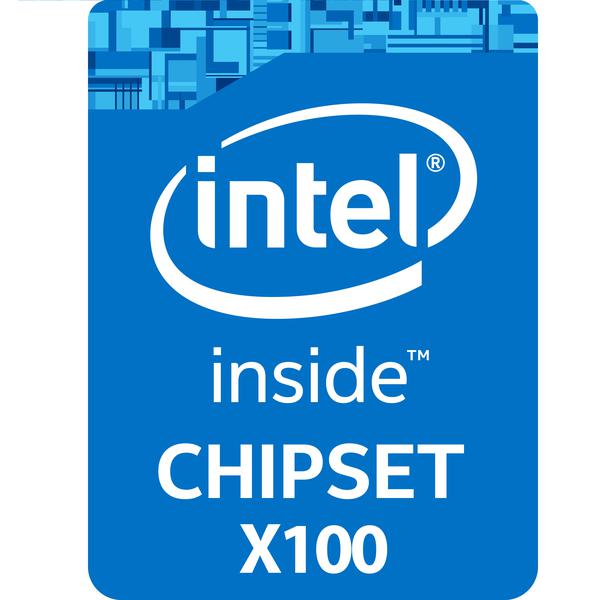Dnes máme docela velký únik se spoustou nových podrobností o nadcházejících procesorech Intel Skylake. Pro začátek Microsoft odstraňuje podporu pro hostitelský řadič EHCI (specifikace USB 2.0) a ponechává pouze specifikaci hostitelského řadiče xHCI (známou také jako univerzální specifikace USB 3.0). Zatímco specifikace USB 3.0 je zpětně kompatibilní s většinou funkcí USB 2.0 a 1.0, instalace systému Windows 7 přes USB nebude jednou z nich (zdroj: EXPReview).
Základní render čipu Skylake. @ Intel Public Domain

I have to admit one thing though, Intel has absolute plausible deniability on this. No one can claim with 100% certaintythat they are in league with Microsoft in trying to push Windows 7 users to finally get a move on. The reason for that is that the discarding of EHCI was inevitable sooner or later, and while they could have taken steps to remedy the problem easily, they have no compulsion to do so.The problem begins with the fact that Windows 7 does not have the code to support master xHCI based installation via USB, with only installation over EHCI allowed.
You might be thinking that one can always take the bootable DVD route and even though research indicates that dependence on optical drives is diminishing by the second, it has its own caveats. You better hope that your motherboard has a PS/2 port because even while installing from a DVD, the USB ports wont work (during the install setup). If you have just one PS/2 port you will have to switch your PS/2 based mouse and keyboard as required through the entire process. All this means that Windows 7 will be very very troublesome for people to install and in most of the cases, people will consider it not worth the effort. Even if you do get it to work, the lack of EHCI means there might be unforeseen compatibility issues in the future. Effectively, from Skylake, and thanks to Intel's spec upgrade, Windows 7 is now officially an obsolete OS.
Každopádně, to není ono, máme také nějaké nové informace ohledně Skylake a ano, vše je potvrzeno:
Intel uvádí na trh procesory Broadwell v roce 2015 (nazývané Broadwell-K) a bude využívat patici LGA 1150. Procesory budou první, které budou vyrobeny na 14nm uzlu (na běžném trhu) a budou vyžadovat nativně čipovou sadu řady 100 se zpětnou podporou čipové sady řady 9. Vzhledem k tomu, že DDR4 je jedním z hlavních prodejních faktorů pro Skylake, uživatelé udělají dobře, když půjdou s platformou řady 100 (pokud se AIB základní desky nerozhodnou vydat modifikované mobos řady 9).
Srovnávací tabulka mainstreamových platforem Intel:
| Intel Sandy Bridge Platform | Intel Ivy Bridge Platform | Intel Haswell Platform | Intel Broadwell Platform | Intel Skylake Platform | |
| Processor Architecture | Sandy Bridge | Ivy Bridge | Haswell | Broadwell | Skylake |
| Processor Process | 32nm | 22nm | 22nm | 14nm | 14nm |
| Processors Cores (Max) | 4 | 4 | 4 | 4 | 4 |
| Platform Chipset | 6-Series “Cougar Point” | 7-Series “Panther Point” | 8-Series “Lynx Point” | 9-Series “Wild Cat Point” | 100-Series “Sunrise Point” |
| Platform Socket | LGA 1155 | LGA 1155 | LGA 1150 | LGA 1150 | LGA 1151 |
| Memory Support | DDR3 | DDR3 | DDR3 | DDR3 | DDR4 |
| Thunderbolt | Yes | Yes | Yes | Yes | Yes “Alpine Ridge” |
| Platform | Desktop LGA | Desktop LGA | Desktop LGA | Desktop LGA | Desktop LGA |
| Launch | 2011 | 2012 | 2013-2014 | 2015 | 2015 |
Zůstaňte ve smyčce
ZÍSKEJTE KAŽDODENNÍ PŘEHLED NEJNOVĚJŠÍCH TECHNOLOGICKÝCH NOVINK
Přímo do vaší schránky
Přihlaste se k odběru našeho newsletteru




